
A few of the worries associated with opening the tomb of Qin Shi Huang include booby traps and mercury poisoning.
In an unassuming field in the Shaanxi province of China, farmers made one of the most significant archaeological discoveries of all time in 1974. They unearthed pieces of a clay human figure while digging. Simply put, this was the tip of the iceberg. The field was located above a number of pits that were crammed with thousands of life-size terracotta replicas of soldiers and war horses, as well as acrobats, esteemed officials, and other animals. This information was discovered through archaeological digs.
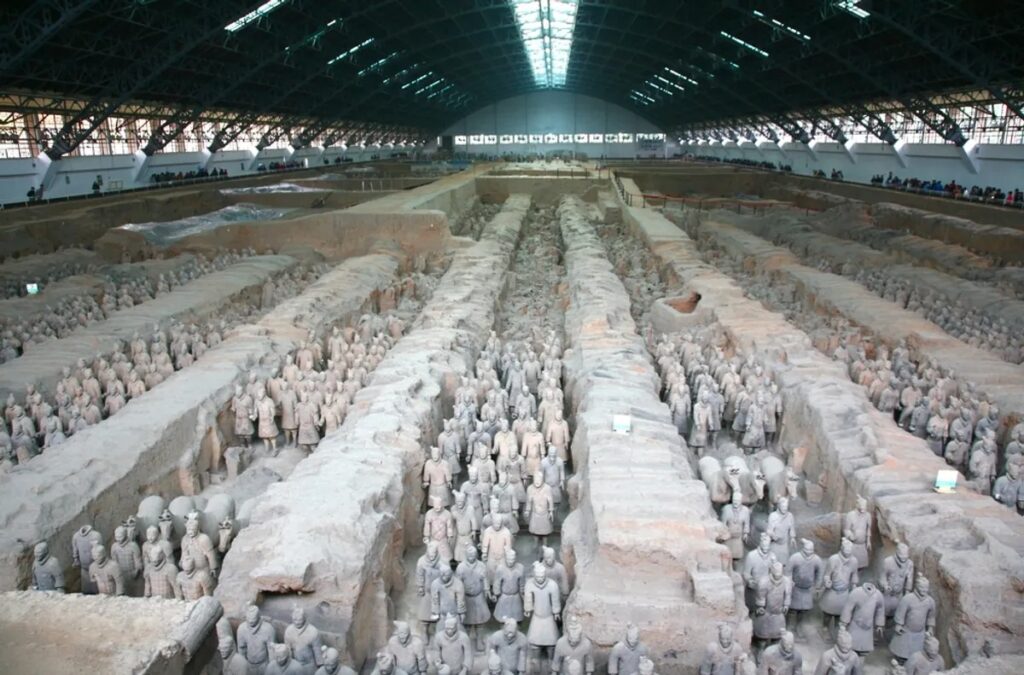
The task of this Terracotta Army, which ruled from 221 to 210 BCE, appears to have been to protect the nearby mausoleum of Qin Shi Huang. Qin Shi Huang was the imposing first emperor of the Qin dynasty.
Despite the enormous amount of mystery surrounding it, the emperor’s tomb has never been opened, even though significant portions of the necropolis surrounding the mausoleum have been investigated. Perhaps it has been more than 2,000 years since anyone has peeked inside this tomb to see the dreaded emperor imprisoned there.
This hesitation is largely due to archeologists’ worries that the excavation may harm the tomb and destroy important historical evidence. Only invasive archaeological methods can currently be used to access the tomb, running a high risk of doing permanent harm.
Heinrich Schliemann’s excavations of the city of Troy in the 1870s provide one of the best examples of this. His work managed to virtually wipe out all traces of the very city he had set out to uncover due to his haste and naivete. Archaeologists are certain that they don’t want to rush things and repeat these errors.
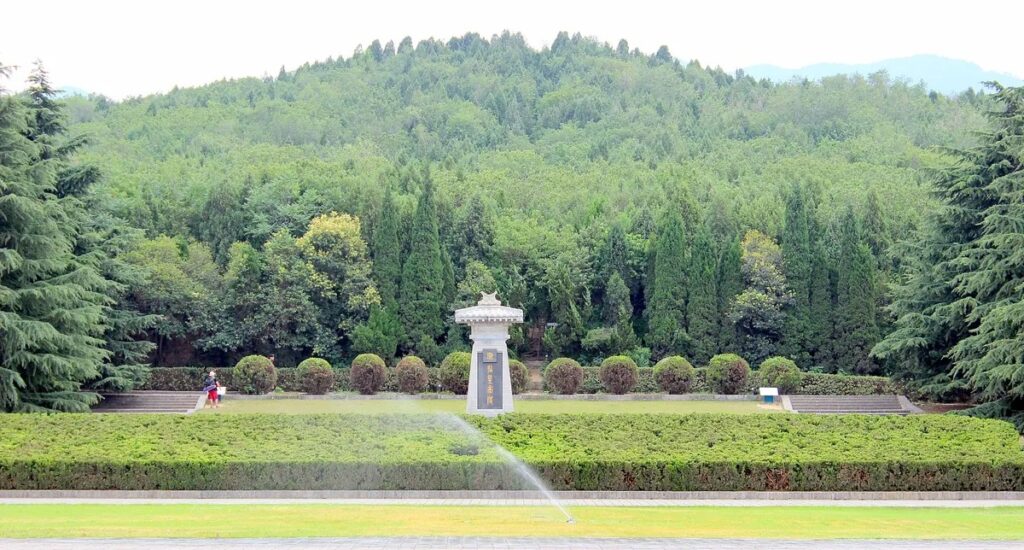
The possibility of employing some non-intrusive techniques to examine the tomb has been raised by scientists. Utilizing muons, a subatomic particle created when cosmic rays collide with atoms in the Earth’s atmosphere, which can peer through objects like an advanced X-ray, is one idea. However, it appears that few of these proposals have really taken off.
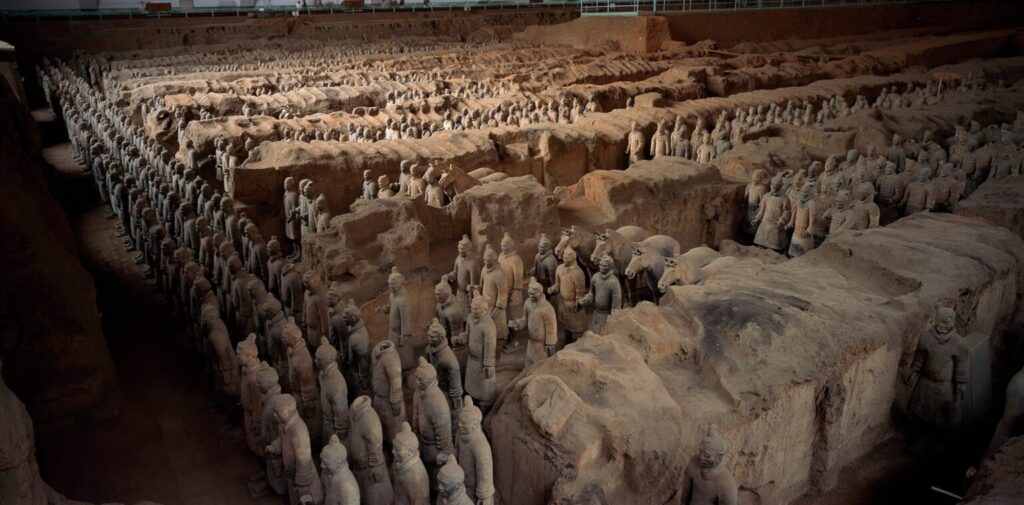
There may be much more immediate and lethal risks associated with breaking open the tomb. Sima Qian, an ancient Chinese historian who lived approximately 100 years after Qin Shi Huang’s passing, describes how the tomb is outfitted with booby traps that are intended to kill any intruders.
“For a hundred officials, palaces and beautiful towers were built, and the tomb was stocked with priceless treasure and rare artifacts. Crossbows and arrows that are ready to fire at anyone who enters the tomb were ordered to be made by craftsmen. Mercury was used to mechanically simulate the flow of the Great Sea, the Yangtze and Yellow Rivers, and the Hundred Rivers.
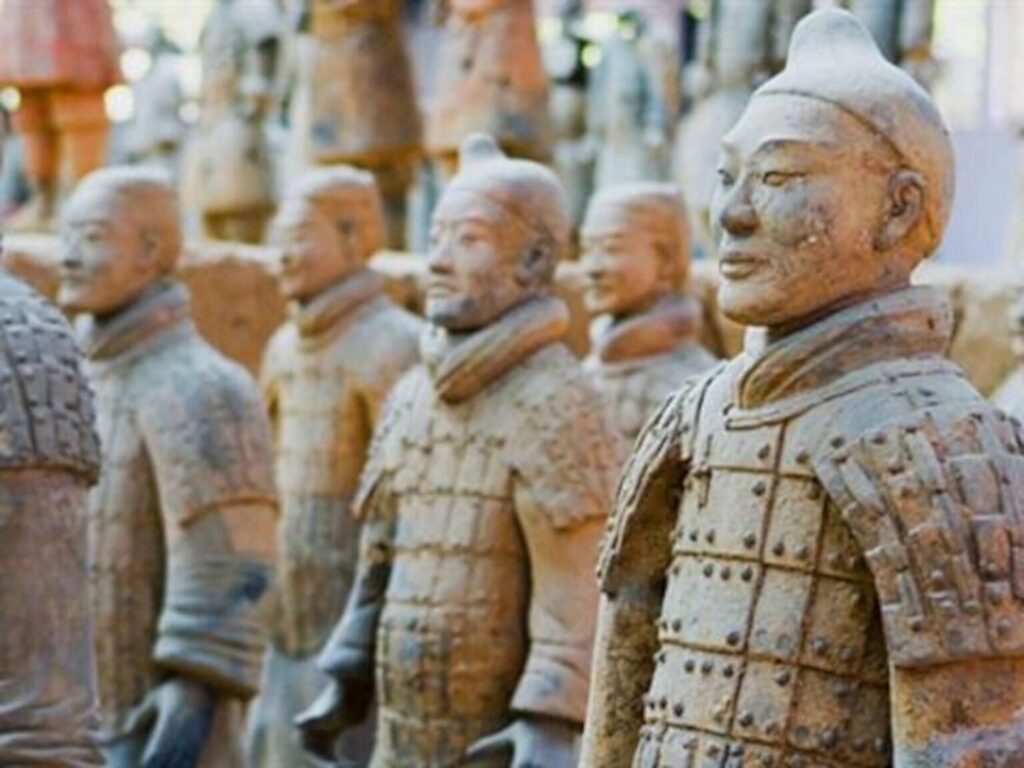
This account suggests that a flood of poisonous liquid mercury could wash across the grave diggers even if the 2,000-year-old bow weapons malfunction. That might sound like a hollow threat, but studies of mercury concentrations near the tomb have revealed levels that are significantly higher than what would be predicted for a typical plot of land.
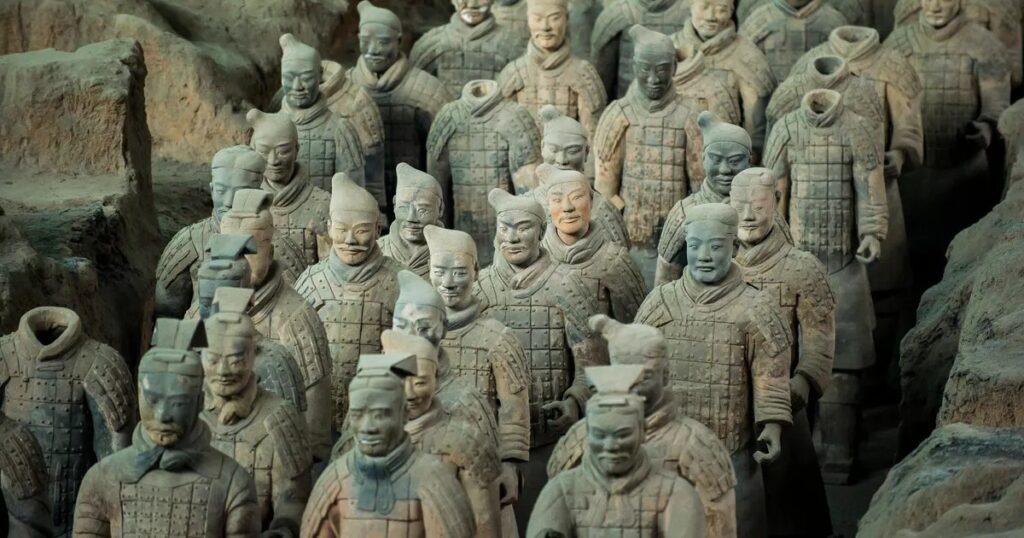
According to the authors of a 2020 paper, “Highly volatile mercury may be escaping through cracks that developed in the structure over time, and our investigation supports ancient chronicle records on the tomb, which is believed never to have been opened/looted.”
The Qin Shi Huang tomb is currently closed and hidden, but it is not forgotten. However, it’s possible that when the time is right, scientific developments will finally delve into the mysteries that have been buried here undisturbed for roughly 2,200 years.
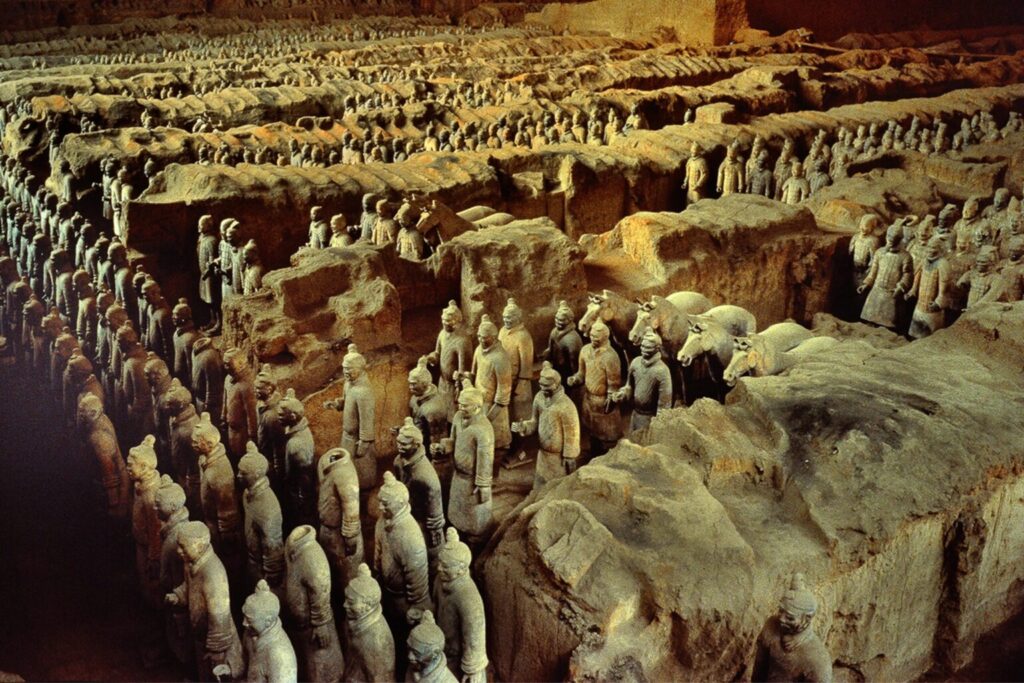
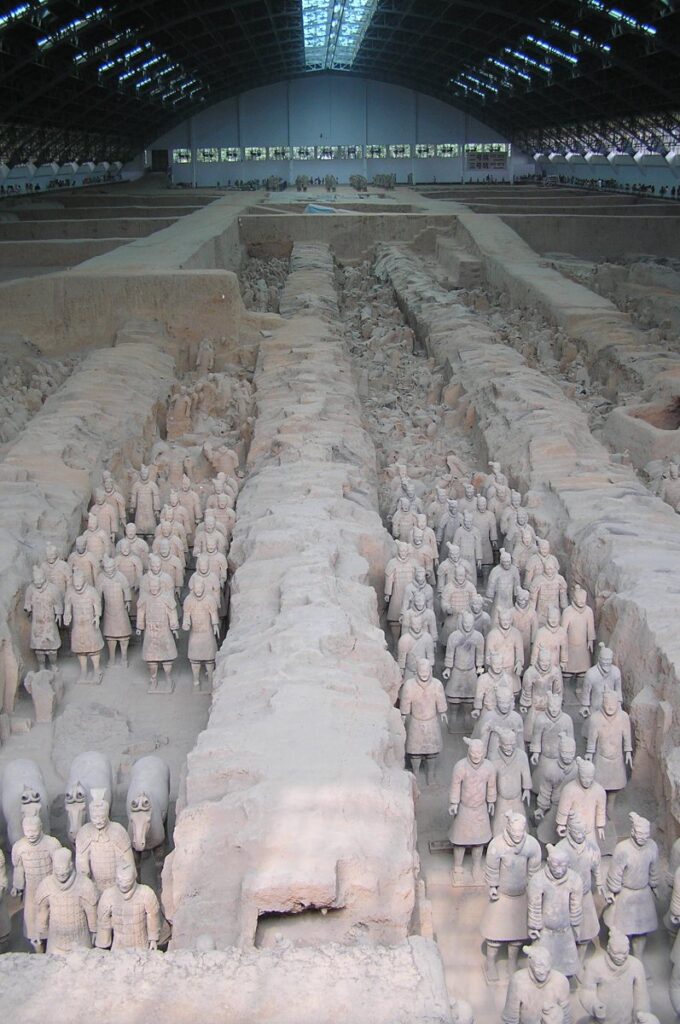



Theres soldiers without heads! Scary..